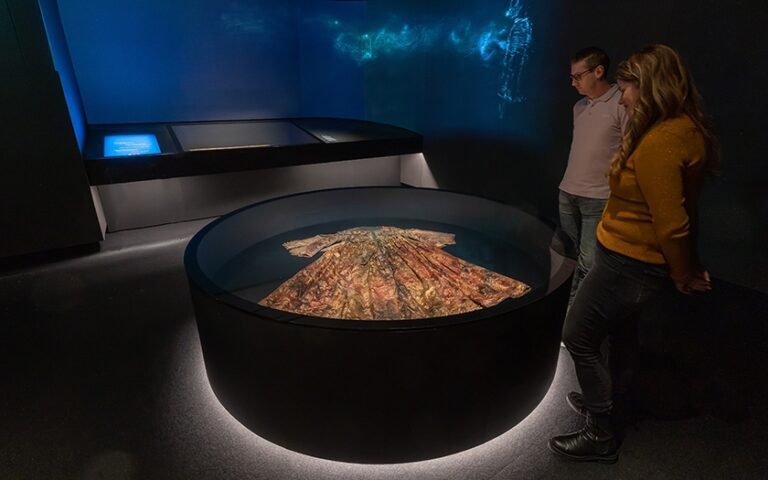Three new exhibitions of well-preserved artefacts recovered from 17th-century shipwrecks – and another of riverbed recoveries – open their doors in Britain and the Netherlands this month.
HMS Gloucester

The much-anticipated “The Last Voyage of the Gloucester: Norfolk’s Royal Shipwreck” is set to reveal the range of artefacts found on HMS Gloucester from next Saturday (25 February), 15 years after the wreck’s discovery and more than 340 years after its sinking.
The warship ran aground in heavy seas off the coast of Great Yarmouth on 6 May, 1682, while carrying James Stuart, the future king of England. It sank within an hour, with the loss of as many as 250 lives.
The major exhibition at Norwich Castle will explore the ship’s dramatic discovery by scuba-diving brothers Julian & Lincoln Barnwell in 2007 – a find kept secret until last summer, as reported on Divernet. On display will be artefacts including the bell that confirmed the ship’s identity, alongside personal effects that tell stories of the high-status passengers and crew and life on the royal ship.
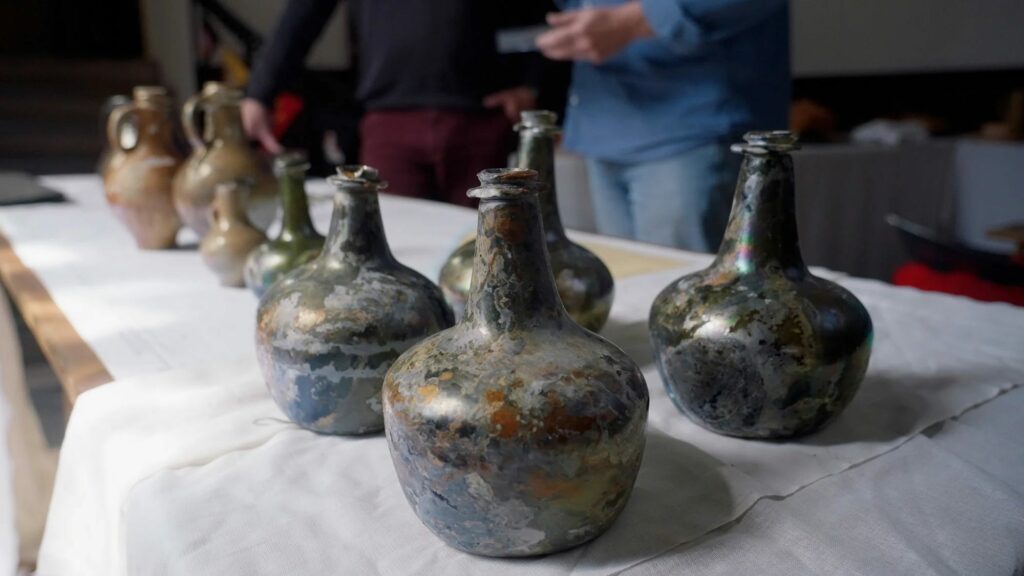
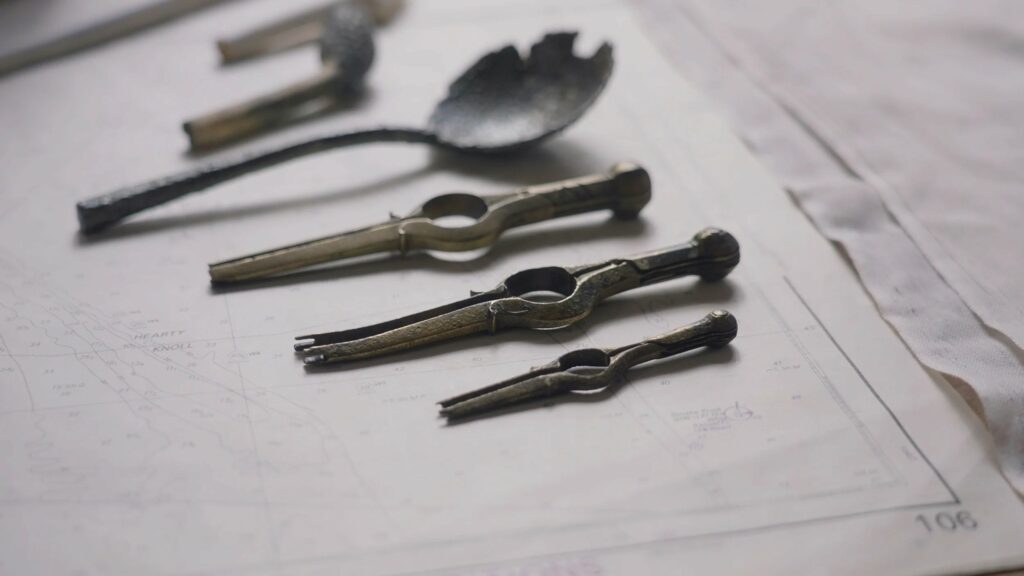
A brass trumpet-mouthpiece, a leather pouch embossed with the crown symbols and a urine flask that might have been used by the future king will also be among the displays.
The HMS Gloucester exhibition will also feature loaned paintings, manuscripts and navigational instruments designed to help put the finds in context. It continues until 10 September (10-4.30 Mon-Sat, 1-4.30 Sun, entrance £7).
The London
Further south in Essex, a vast selection of 1,192 items from the 17th-century London wreck, including a Dutch cannon, bronze sundial and Bartman jugs, went on permanent display at Southend Central Museum last week (15 February).
A number of the objects had at one time been displayed at the museum before being withdrawn for conservation by Historic England (HE) in Portsmouth.
The 76-gun London was part of a convoy sent to collect the exiled Stuart King Charles II (brother of James II who survived the Gloucester wreck) from the Netherlands in 1660 to restore him to the throne.
The warship sank in March 1665 following an onboard gunpowder explosion and was not rediscovered for 340 years. Designated under the Protection of Wrecks Act, it was placed on Historic England (HE)’s Heritage at Risk Register.
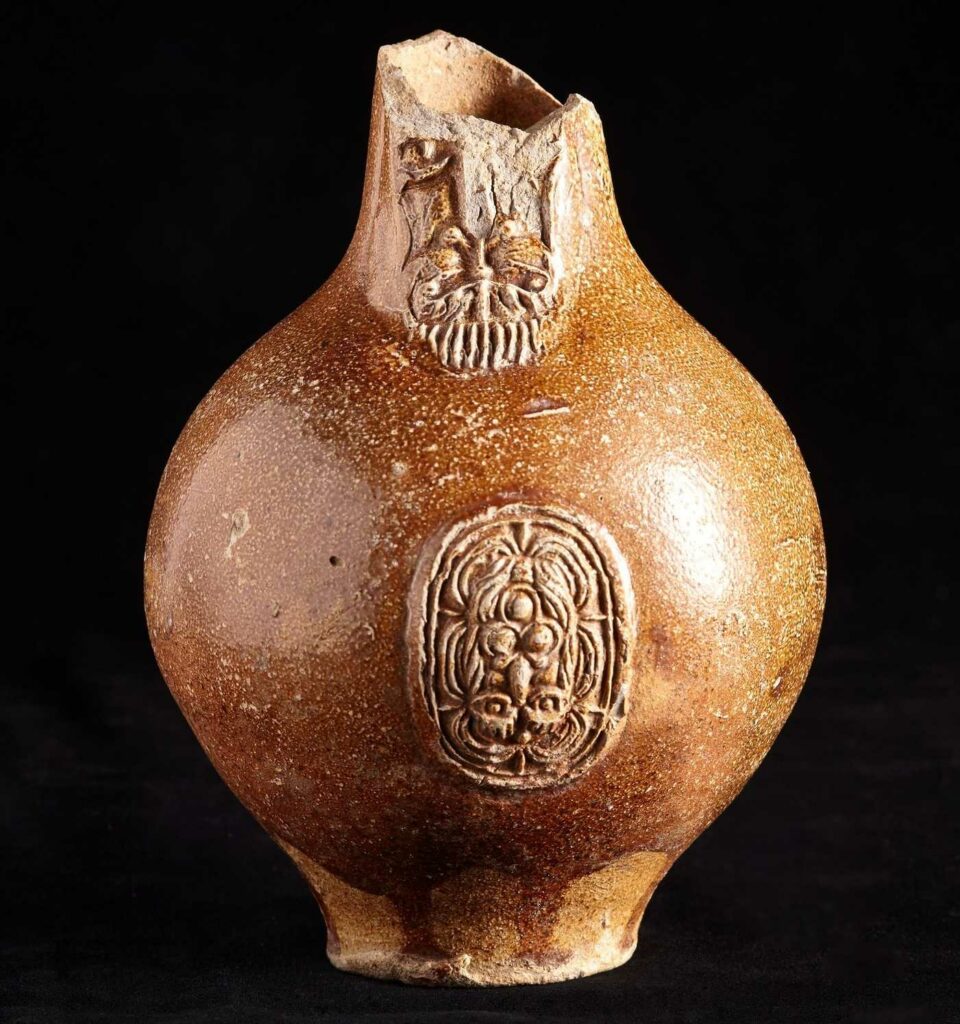

Between 2014 and 2016 an intensive programme of recovery and excavations took place during which most of the artefacts on display were discovered, although a licensed volunteer dive-team led by Steve Ellis continues to work on the wreck.
“I am pleased to see the pocket sundial and the linstocks that hold slow matches that fire the cannons go on display, so soon after conservation has been completed,” commented HE senior archaeological conservator Angela Middleton. The museum is open 11-5 Wed-Sun and admission is £6.
The Palmwood Wreck
An amazingly well-preserved silk wedding-dress believed to have belonged to a noblewoman is the centrepiece of a display of “luxury” artefacts from the “Palmwood Wreck”, another 17th-century ship but this one discovered by divers off the North Sea island of Texel in 2014.
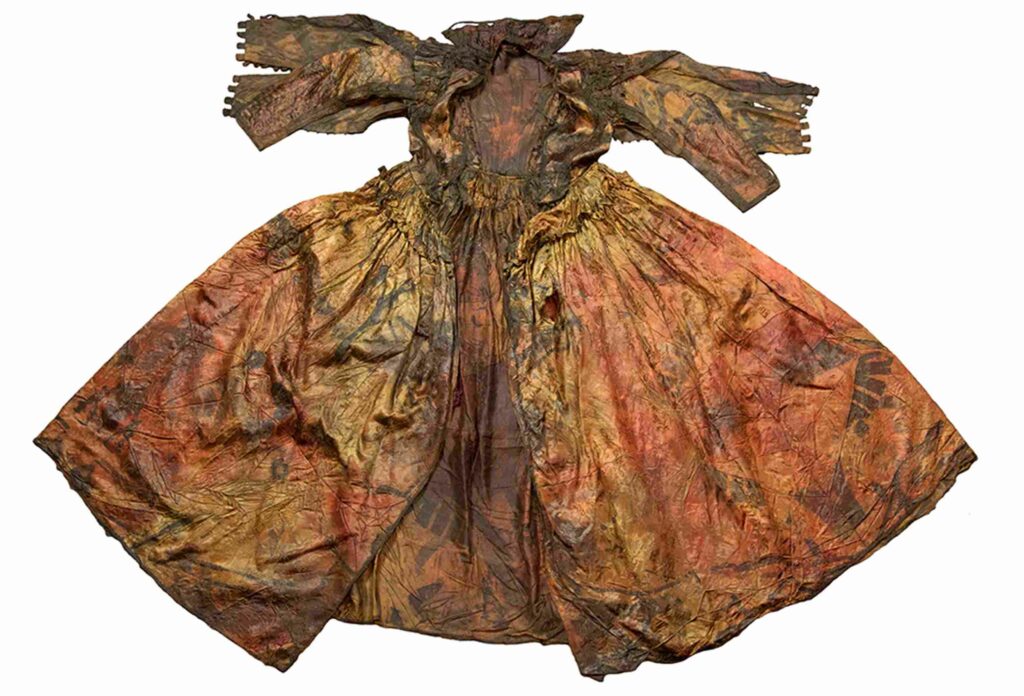
What is thought to have been a Dutch merchant vessel had been carrying cargo from the Mediterranean when it sank around 1660. The contents had been well-preserved by sediment, and another bridal gown decorated with silver has also now been added to the treasure-trove of finds from the wreck.
The site’s name derives from the many boxwood trunks of luxury goods found aboard the ship. Arent Vos, senior archaeologist at the Netherlands’ Cultural Heritage Agency, thinks that the ship might have been transferring the belongings of a wealthy family from an overseas trading post.
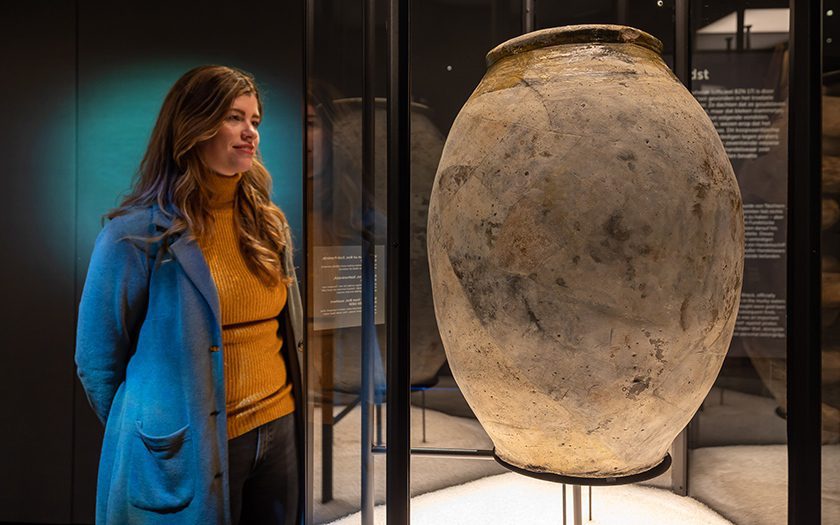
Seventeenth-century textiles are rare finds, and almost unknown after submersion, but apart from the wedding dresses a red silk bodice, silk stockings and an oriental carpet and kaftan are among the exhibits, displayed in nitrogen-filled display cases. So many artefacts were found on the ship that the conservators have been kept busy for the past nine years working on them.
Now they are on public display at Museum Kaap Skil in Oudeschild on Texel island, which lies about 100km north of Amsterdam (10-5 Tue-Sun, admission 11 euros).
River Wear relics
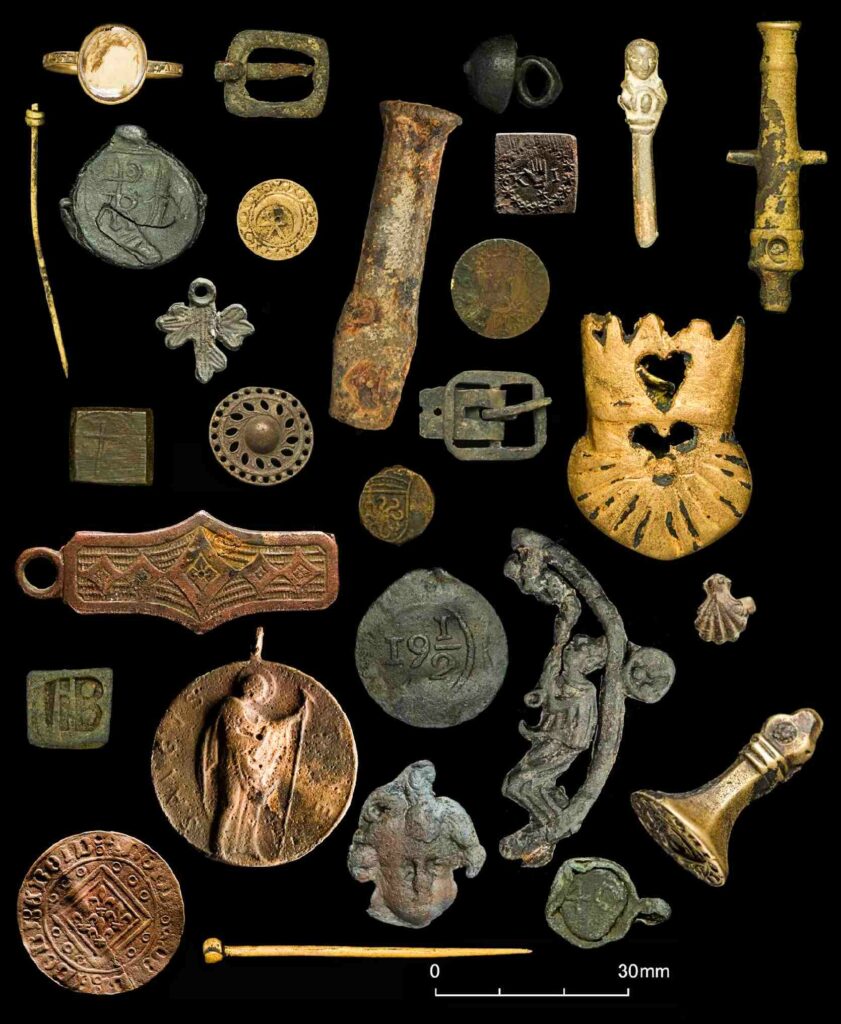
Finally, a collection of artefacts found in a northern river opens to the public tomorrow (20 February) at Durham’s Museum of Archaeology in Palace Green Library. Stories from the River: Exploring the History of Durham displays some 200 objects discovered in the River Wear by a dedicated local diver, underwater archaeologist Gary Bankhead.
Bankhead has in fact found some 13,500 artefacts while diving the river over the past 15 years, with many of them displayed in the museum, but this is the first time they have been given their own exhibition. His finds date from the mediaeval period to the modern age and bring to light “the stories of individual people, pilgrimage, daily life, toys, and industry and trade”, says the museum.
“I always get asked which is my favourite find, and although I’m really excited by the late-medieval pilgrim badges and souvenirs – as they are rare finds for the North-east of England – any object that bears the names of our ancestors is equally special, as there’s always an opportunity to identify them in Durham’s extensive archives and special collections,” says Bankhead.
The exhibition he co-curated with the museum runs until 16 April (10-5, Mon-Fri, admission free).
Also on Divernet: Dutch Wreck Yields 400-Year-Old Carpet Fragment, The Essex 3 Who Took On London, Tour The 17th Century London Wreck Online, Diver Barnwell Speaks On HMS Gloucester
